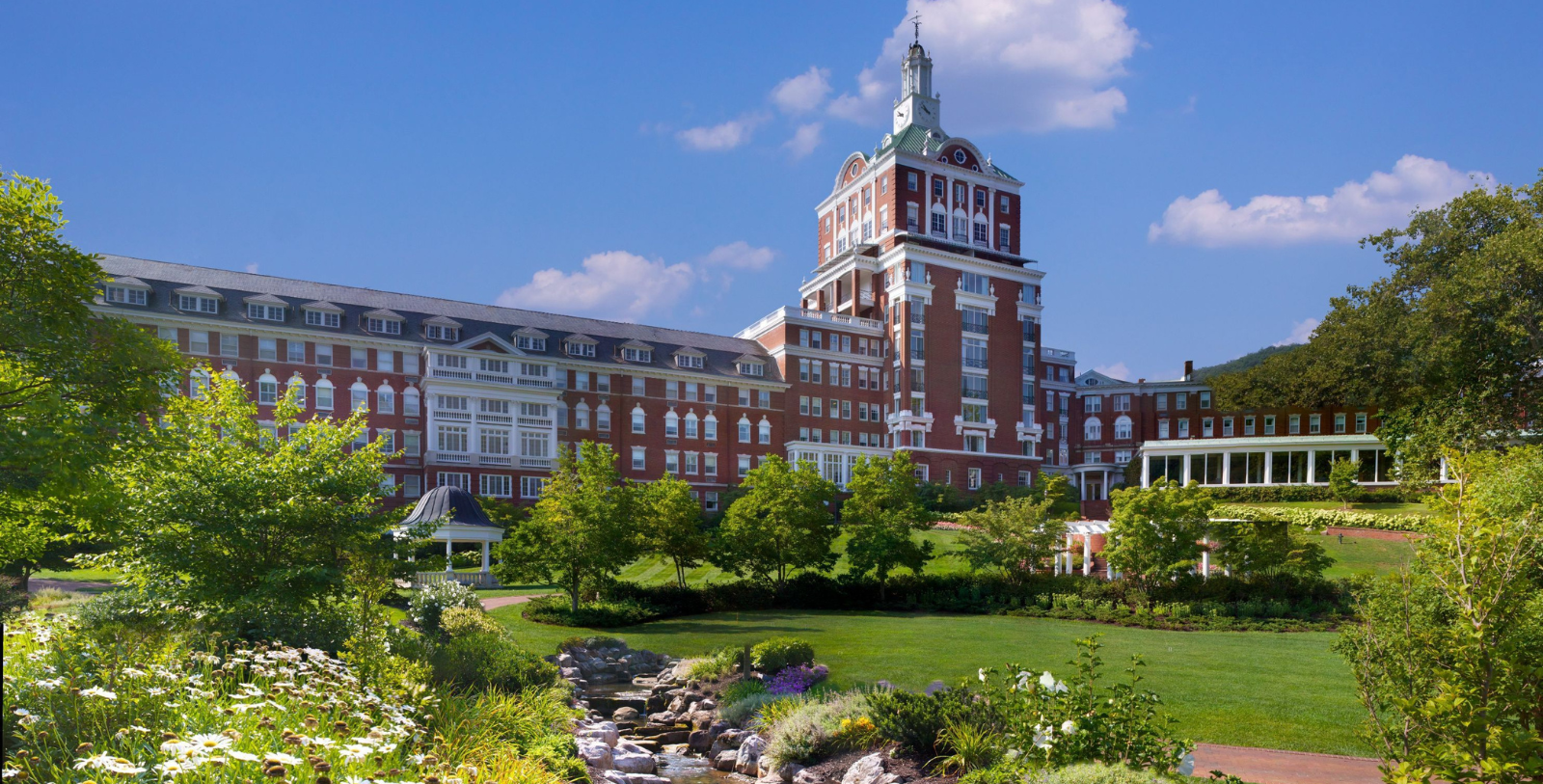Receive for Free - Discover & Explore eNewsletter monthly with advance notice of special offers, packages, and insider savings from 10% - 30% off Best Available Rates at selected hotels.
- Call to Book: +1 800 678 8946 International|
- Email: Contact Us
Closing Photo Gallery



















































